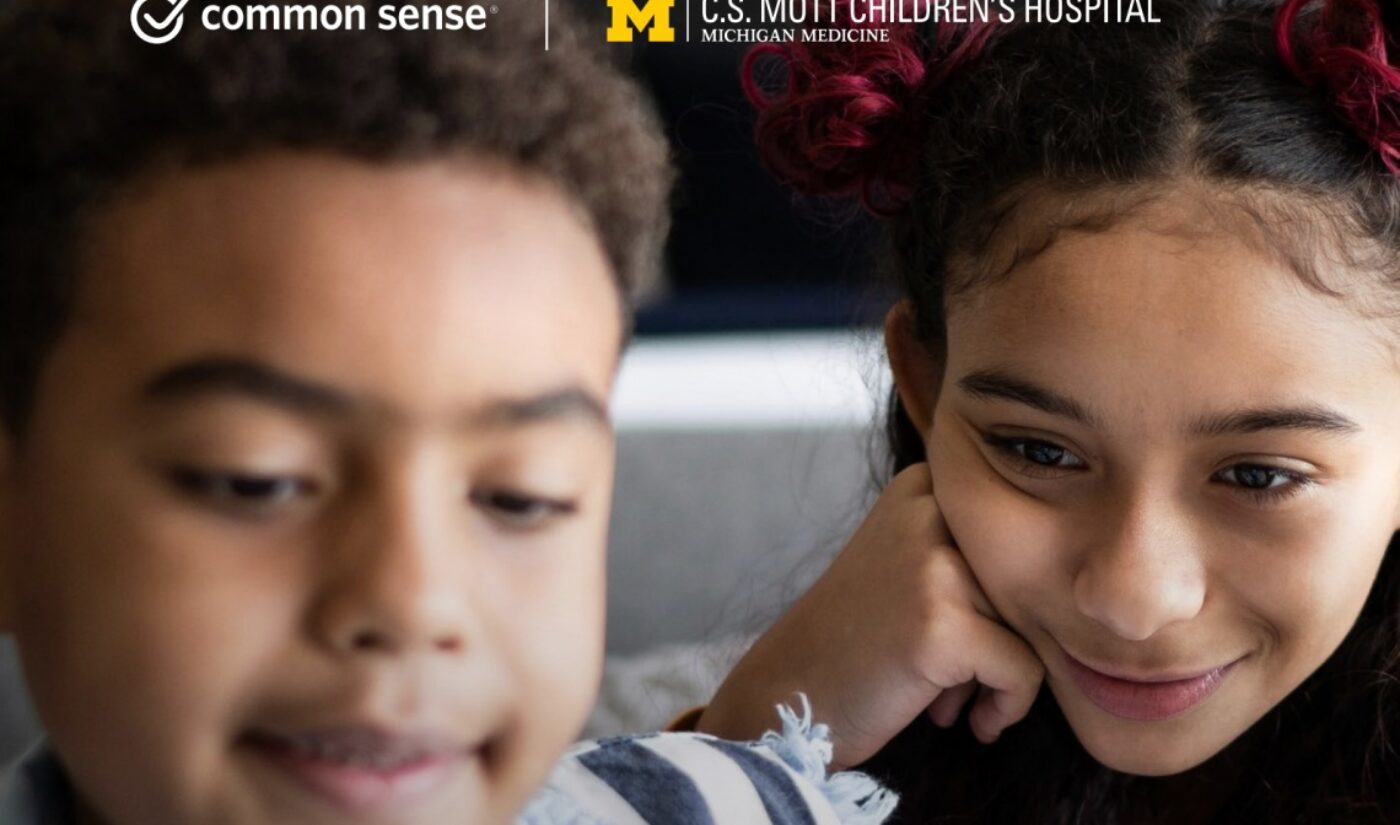Representation matters — especially for young kids. A new study from Common Sense Media and the C.S. Mott Children’s Hospital at the University of Michigan has shined light on the uneven representation of BIPOC characters in YouTube videos that are watched by children under the age of eight. According to the new data, 62% of those videos contain no BIPOC characters at all, and the characters of color who are depicted are sometimes relegated to stereotypical portrayals.
To conduct the survey, the researchers queried 254 kids, tweens, and teens about their YouTube-watching habits. They also looked into 546 videos watched by kids below the age of eight. The results are self-explanatory, as the majority of those videos only featured white characters. Certain identities fared particularly poorly in terms of representation. Latinx people make up 17% of the U.S. population, according to the most recent census data, but only 5% of the researched videos featured Latinx characters.
It’s important for kid-friendly content to send positive messages to viewers, but not all of the YouTube videos in Common Sense Media’s sample did that. The ones that included BIPOC characters were 11% more likely to feature bullying or meanness, 19% more likely to feature bad language, and 5% more likely to feature drinking, drugs, or smoking. Meanwhile, videos watched by teens and tweens included stereotypes 10% of the time, according to the study.

Subscribe to get the latest creator news
In a letter attached to the results of the study, Common Sense Media CEO Jim Steyer called on YouTube to reevaluate its most fundamental systems. “We need a better understanding of how YouTube’s algorithm is working when it comes to content and creators of color,” Steyer wrote, “and we need to know whether it is inadvertently promoting biased stereotyped content or doing enough to elevate [BIPOC] creators.”
There is a silver lining to all of this: Though some kids are being exposed to racial and ethnic caricatures, those clips aren’t necessarily performing well. Common Sense Media said that the videos in its sample that included stereotypes had less viewership on average than the ones that didn’t include those portrayals.
And while Steyer may feel that YouTube is “missing the opportunity” to represent BIPOC identities in children’s content, the video platform is already doing a lot to promote BIPOC voices on YouTube Kids. Several original programs for young viewers feature colorful characters and positive portrayals. One example is the animated series Super Sema, from executive producer Lupita Nyong’o. With its cast of African kids and its focus on STEAM education, Super Sema is helping to close to representation gap on YouTube. Its second season is due out on June 17.
To read the full results of Common Sense Media’s representation report, head over to the organization’s website. While you’re there, you can also check out this article, which showcases some of the positive children’s content that is already available on YouTube.








